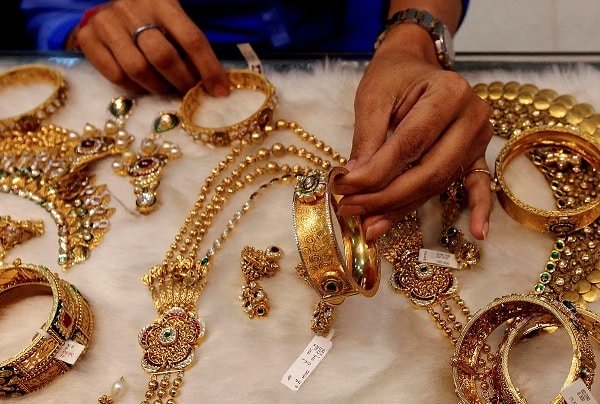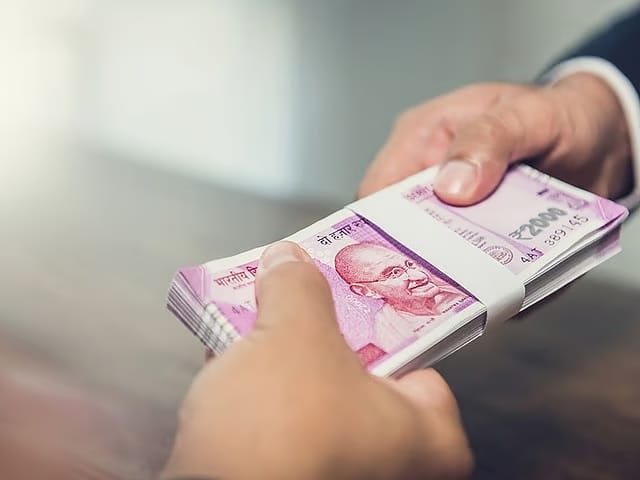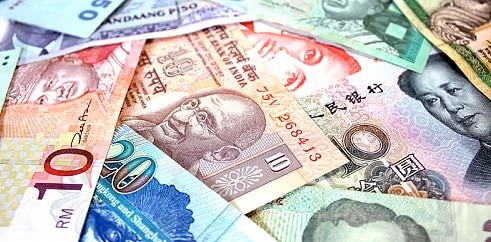How NRIs Can Help Family in India Get Loans Against Gold
Can NRIs assist their families in India in taking loans against gold assets? The short answer is yes, but recent changes in loan-to-value ratios and RBI guidelines are essential to understand before proceeding.
Loan Against Gold: What You Need to Know
A reader from the UAE asked if his mother in India could secure a loan from a bank using inherited gold to purchase a residential property. He wanted to know how much she could borrow based on the gold’s value.
During the Covid-19 period, banks in India allowed loans of up to 90% of the gold’s market value. However, this loan-to-value (LTV) ratio has since been revised. As per current norms, banks and non-banking financial companies (NBFCs) can now only offer up to 75% of the gold’s assessed value as a loan, regardless of whether the funds are for consumption or productive purposes.
RBI’s New Framework for Gold Loan Valuation
To bring more transparency and consistency, the Reserve Bank of India (RBI) is introducing a standardised gold valuation framework. Here’s what it involves:
- Lenders must disclose the reference price of gold
- Uniform methods will be used to assess purity, gross weight, and net weight
- These procedures must be applied consistently across all branches and reflected on the lender’s official website
Even with a 75% cap, individual lenders may set more conservative limits based on internal risk assessments. Additionally, banks will now be required to evaluate the borrower’s creditworthiness and cash flow needs before approving any gold-backed loan.
India’s Export Growth Amid Global Tariff Challenges
In response to another reader’s concern about India’s export momentum amid global tariff wars, the government is taking proactive steps:
- A bilateral trade deal is being discussed with the United States to potentially lower tariffs on both sides
- India is exploring new export markets with help from fast-tracked trade missions
- Affordable bank financing is being offered to exporters
- India is actively negotiating free trade agreements (FTAs) with the UK, EU, New Zealand, and Oman
To prevent cheap imports from overwhelming local markets, an inter-ministerial monitoring group has been formed to track imports—especially electronics, chemicals, and steel from East Asia.
Building India’s Semiconductor Future: Global Support Grows
India is also making strides in establishing a sustainable semiconductor ecosystem, backed by international players:
- Taiwan has already made substantial investments
- Japan is contributing advanced machinery and raw materials, controlling over 30% of the global market share in semiconductor equipment
- South Korea is following suit, with high-tech firms ready to invest in India’s semiconductor sector
Foreign venture capitalists are funding fabless semiconductor startups in India, with each prototype requiring around USD 7 million in development funds. These startups need long-term backing, as the gestation period spans nearly eight years.
Whether it’s leveraging family gold for a home loan in India or staying updated on the country’s economic strategies, NRIs in the UAE can play a vital role. With RBI’s new gold loan rules, export promotion plans, and semiconductor investments, India is paving the way for financial stability and global competitiveness.






